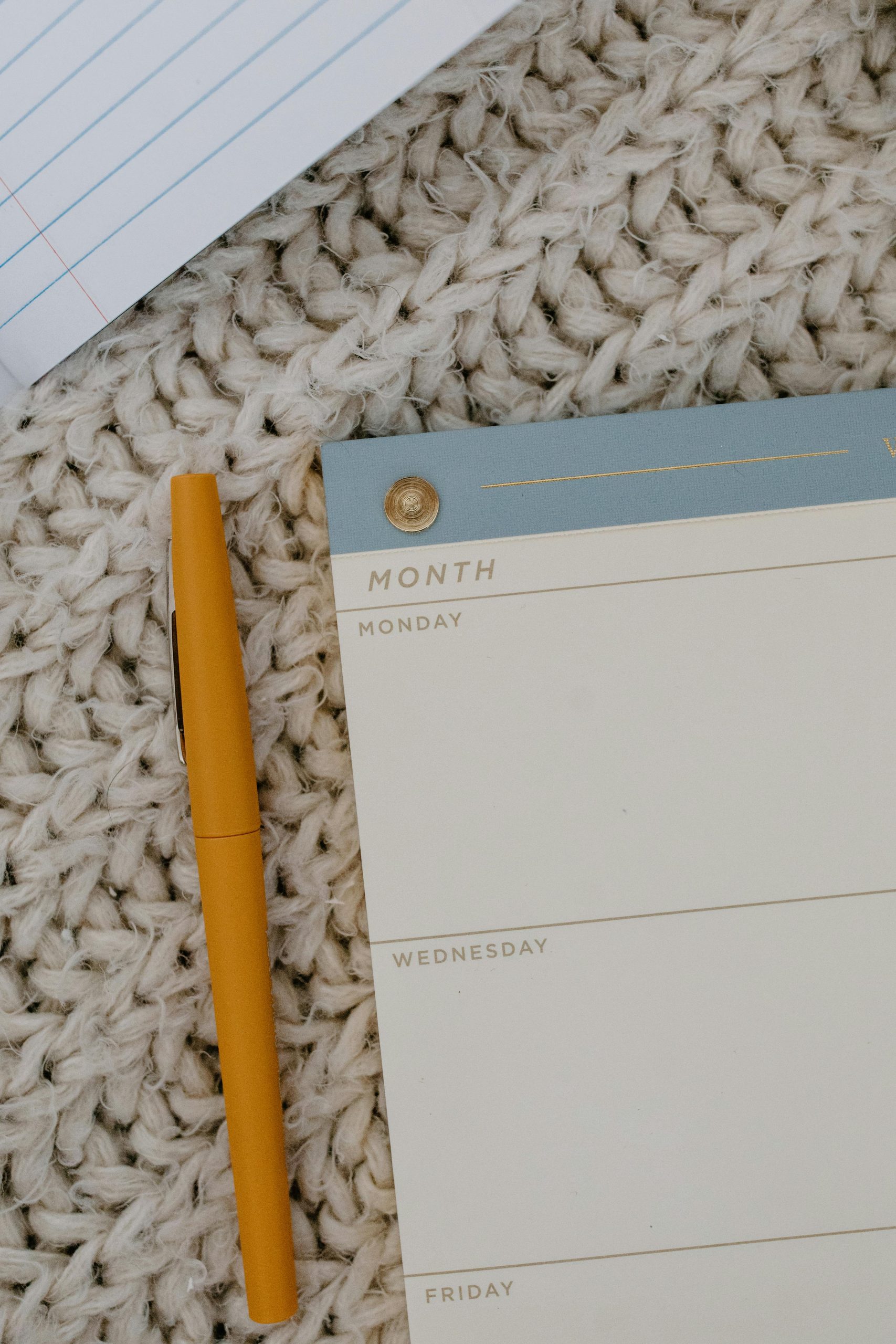If you find yourself without first-party insurance coverage, it’s important to take immediate steps to protect yourself and minimize risks. Here’s what you can do:
Understand Your Coverage Needs: Assess what coverage you might need that would typically be covered by first-party insurance, such as property damage, personal injury protection, or medical payments.
Explore Other Insurance Options: Look for alternative insurance types that might offer the protection you require. For instance, third-party liability insurance is crucial if you are driving a vehicle, as it covers damages to others for which you are responsible.
Consider Financial Reserves: Without first-party insurance, you might need to rely on personal savings or emergency funds to cover potential losses or damages. This could apply to car repairs, medical bills, or property damage.
Review State or Local Requirements: Be aware of any legal mandates in your area. Some regions require a minimum level of insurance coverage by law, particularly for vehicles.
Seek Legal Advice: If potential liability or financial exposure is significant, consider consulting with a legal professional. They can advise on potential risks and options tailored to your situation.
Practice Precaution: Increase your risk management strategies by adopting safer practices, such as driving carefully, securing properties, or avoiding potentially high-risk activities.
Evaluate Self-Insurance: Larger organizations or financially stable individuals might consider self-insurance, effectively setting aside funds specifically to cover potential future claims.
Consider Nontraditional Insurers: Some nontraditional or peer-to-peer insurance models offer coverage similar to traditional insurance policies and might be more accessible or affordable.
By understanding your potential exposures and actively managing risks, you can mitigate the lack of first-party insurance, though it’s always advisable to have some form of coverage to protect against unforeseen events.



